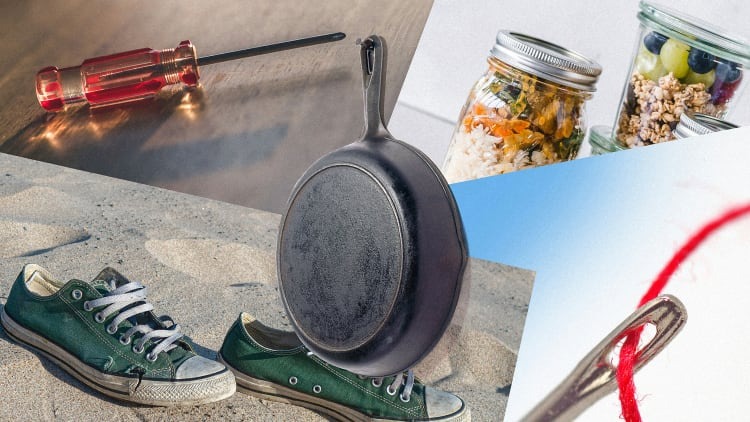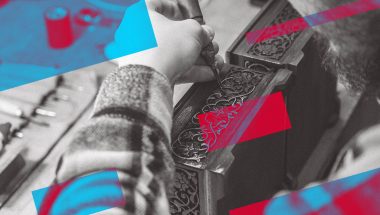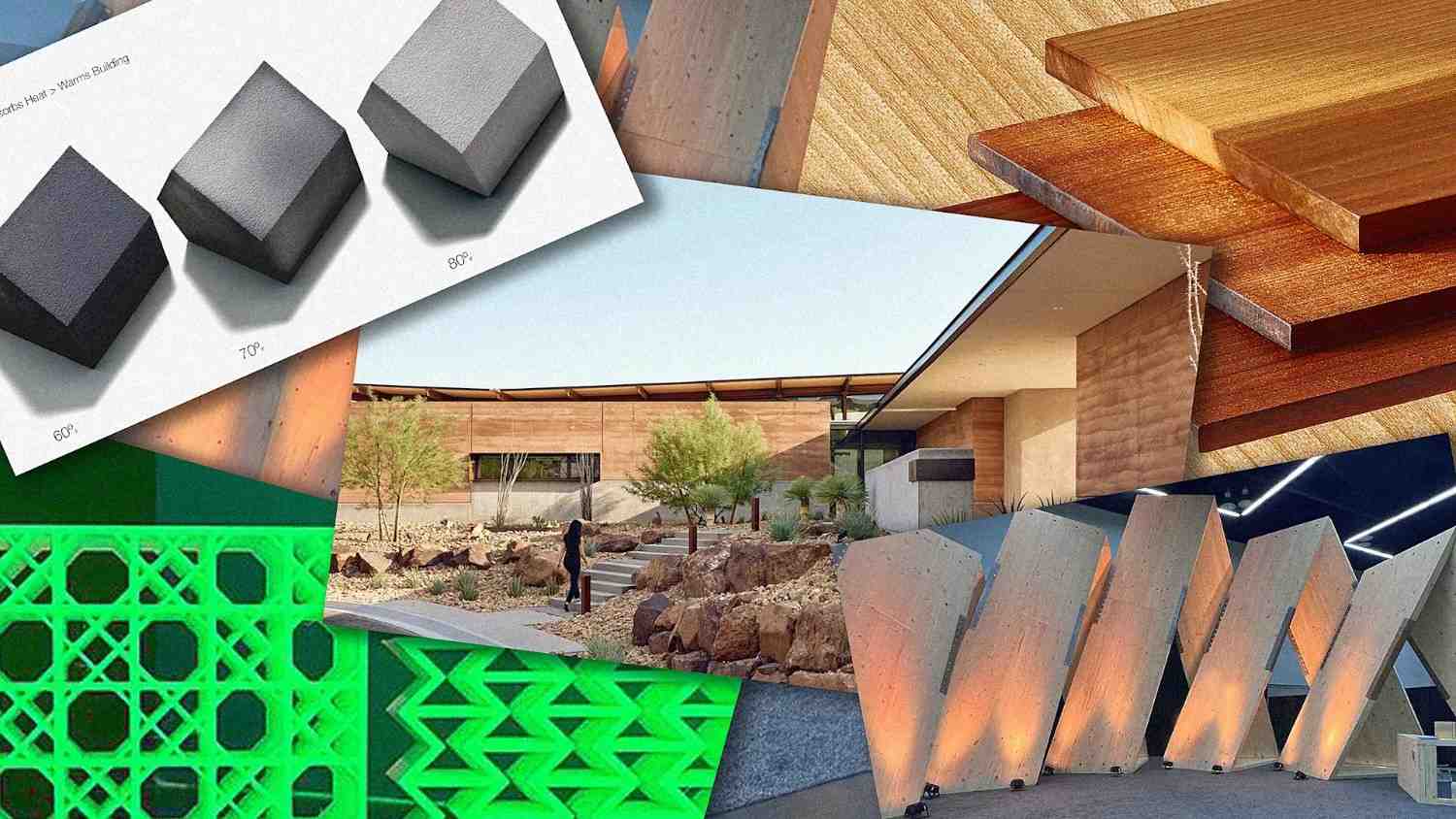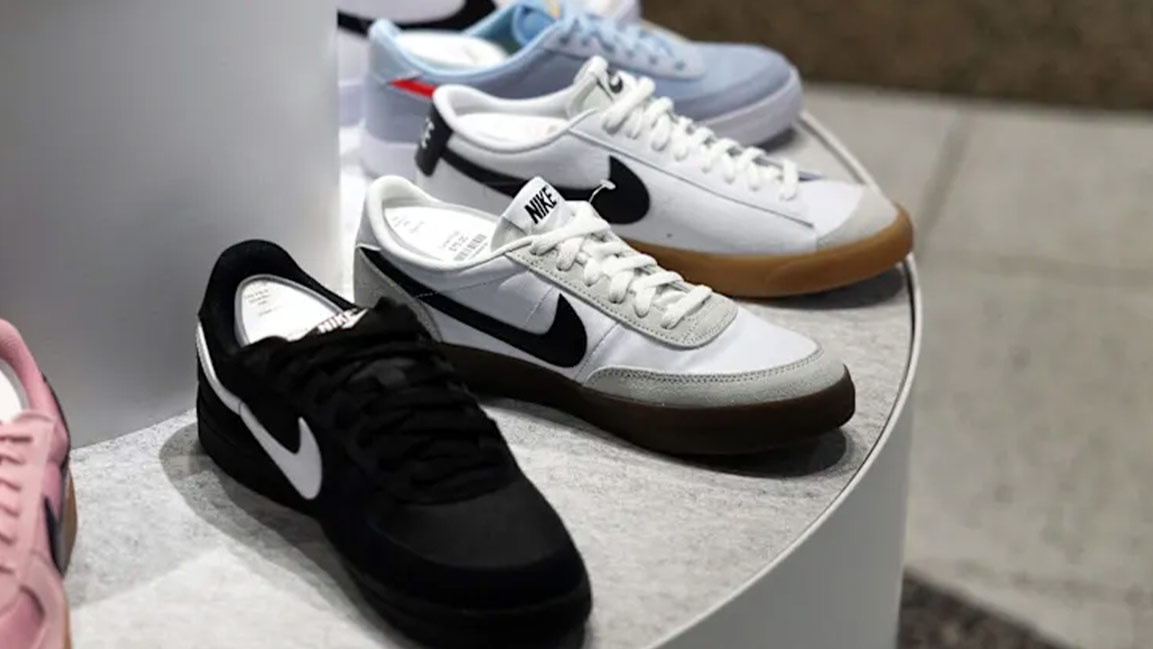- | 8:00 am
Why TikTok’s ‘Underconsumption Core’ trend won’t die
Brands, are you listening? Millennials and Gen Z are sick of poorly made products designed to fall apart. It’s time to change your business model.

Brands, are you listening?
For more than a month now, people across social media have been bragging about the scuffed, worn-out shoes they’ve been wearing since middle school and how they use their makeup all the way till the very last drop. They’re proud that they’re using decades’ old pans, inherited from their parents. Or how they don’t buy food storage containers; they just use old mason jars.
This all sounds like Depression-era behavior, but it’s not. It’s a trend that has been exploding throughout the summer, under the hashtag “underconsumption core.” And it’s mostly young people in their 20s and 30s who are espousing this lifestyle. The trend makes a lot of sense. These are people who have spent their entire lives surrounded by cheap, disposable products.
Take fast fashion, for instance. H&M and Zara perfected the fast fashion business model in the 1990s, churning out the latest styles at rock-bottom prices that consumers could wear only a few times before throwing it out. But to make these clothes, brands had to use cheaper materials and spend less money on fit. And because it was such a successful strategy, the entire fashion industry followed suit, from Walmart to Gap to Urban Outfitters. By the time millennials and Gen Z were growing up, fast fashion was all they knew.
It’s not just fashion. Ikea paved the way for fast furniture, which also meant finding the cheapest possible materials and creating pieces only meant to last a few years, instead of a lifetime. These days, Wayfair and Amazon offer a similar value proposition with their home goods. Indeed, there’s very little on the market that is meant to last anymore. But many brands keep pumping out low-quality products because this is how they’ve done it for decades. They’re also concerned that if they pivot to making higher quality goods that are more expensive, they will lose out to their competitors.
Environmental activists and sustainability journalists have argued for years that this disposable lifestyle isn’t good for the planet. Making such enormous quantities of products generates massive quantities of carbon emissions, which accelerates global warming. And when consumers are done with their products, the majority end up clogging up our landfills.
Some advocates for “underconsumption core” on TikTok and Instagram say they want to own less because it’s better for the environment. But many others seem to just be sick of poorly made products that fall apart. “I see it as celebrating products that have served me well over a long period of time,” says TikTok user chloeisag. Others are tired of brands constantly making them feel like they need to buy something new, when what they have is perfectly adequate. “I think it’s a reaction to the constant overconsumption that is pushed on us,” says a user called Sabrina.
As I’ve written in the past, companies tend to be very sensitive to changes in consumer behavior because their financial success depends on responding to trends. The “underconsumption core” trend has had a relatively long life, for an internet trend. It’s continued to bubble up for months now.
Brands, take note. Consumers seem tired of the status quo. Companies that pivot toward designing more durable products, and making them from higher quality materials, will stand out in a market that remains flooded with low-quality goods. And many consumers are desperate for products built to last, and will be paying to pay a premium for it. The ball is in your court.








































